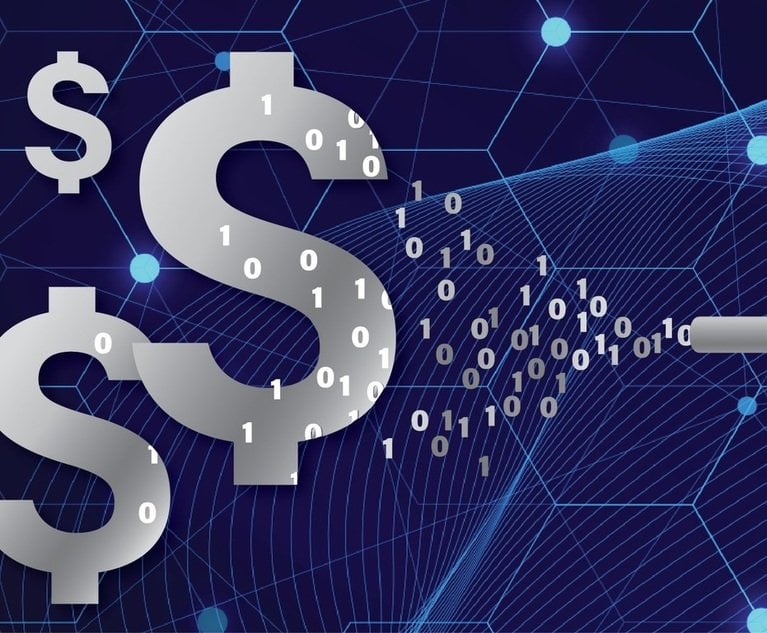Under the Bankruptcy Code, not only can the initial recipient of a fraudulent conveyance be held liable, but so too can a subsequent transferee. However, there can be important nuances in the challenged transaction that may provide a subsequent transferee with a substantial defense. One of those nuances was recently identified by the U.S. Court of Appeals for the Tenth Circuit, which highlighted the difference between the receipt of the asset which was fraudulently conveyed and the proceeds of such asset. See Rajala v. Spencer Fane (In re Generation Resources Holding), 2020 U.S. App. LEXIS 21454 (10th Cir. July 10, 2020).
Pre-petition, debtor Generation Resources Holding Co., LLC entered into development agreements for three wind power projects with Edison Capital, under which agreements Generation was the sole developer. Several months later, insiders of Generation created two new LLCs—LWHC and FWHC—and revised the development agreements so that the project developers were changed from Generation to LWHC and FWHC, respectively. The revised development agreements had the effect of transferring Generation’s right to receive substantial payments under the agreements to LWHC and FWHC.


 Francis J. Lawall and Marcy J. McLaughlin Smith of Pepper Hamilton. (Photo: Courtesy Photo)
Francis J. Lawall and Marcy J. McLaughlin Smith of Pepper Hamilton. (Photo: Courtesy Photo)




